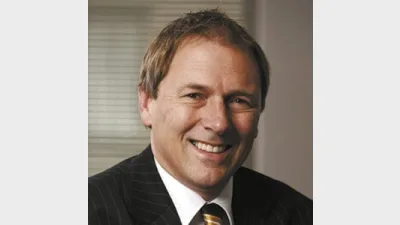Gen Y out-smarting their parents on insurance



Younger Australians are more likely to say they have life insurance than those nearing retirement, according to new research conducted by TAL.
The research, which follows on from the Australian Financial Protection Index launched by TAL earlier this year, found that 43 per cent of Gen Y Australians (aged 25 to 34) say they have some form of life insurance - whether it is life, disability, income protection, or critical illness/trauma insurance.
Only 31 per cent of baby boomers (those aged 50 to 65) could say they same, while people aged 35 to 49 were most likely to report they have life insurance (44 per cent).
But according to TAL managing director Jim Minto, the numbers should be a lot higher - and they reveal a concerning level of ignorance about insurance, particularly among baby boomers.
Most people have some form of automatic cover through their superannuation fund and simply don’t realise it, Minto said.
“Even if you haven’t paid into your fund for a long time, you may still have some coverage. Younger people appear to be more attuned to their super and life cover than they have been given credit for,” he said.
It’s up to Australians to find out if they have insurance, and then to consult a financial adviser to work out if it is enough, Minto added.
“As a nation, we are just not insured enough. We know that the lack of financial protection costs taxpayers $1.5 billion a year on social welfare support, let alone the emotional and psychological effects of losing financial security,” he said.
The TAL research also found that men are more likely than women to say they hold some form of life insurance (41 per cent to 33 per cent) - particularly when it comes to income protection insurance and disability insurance.
Parents of children under the age of 18 are the most likely to report that they have life insurance (46 per cent), compared with those with older children (36 per cent) and those without children living at home (32 per cent).
Recommended for you
The Federal Court has dismissed a conflicted remuneration case brought by ASIC against the director of life insurance distributor Freedom Group, where Bali holidays and Vespa purchases were among sales incentives.
Policy and advocacy specialist Benjamin Marshan has left the Council of Australian Life Insurers after less than a year, having joined in March from the Financial Planning Association of Australia.
The declining volume of risk advisers meant KPMG has found a rising lapse rate for insurance policies arranged by independent financial advisers, particularly in the TPD and death cover space.
The Life Insurance Code of Practice has transferred from the Financial Services Council to the Council of Australian Life Insurers.










